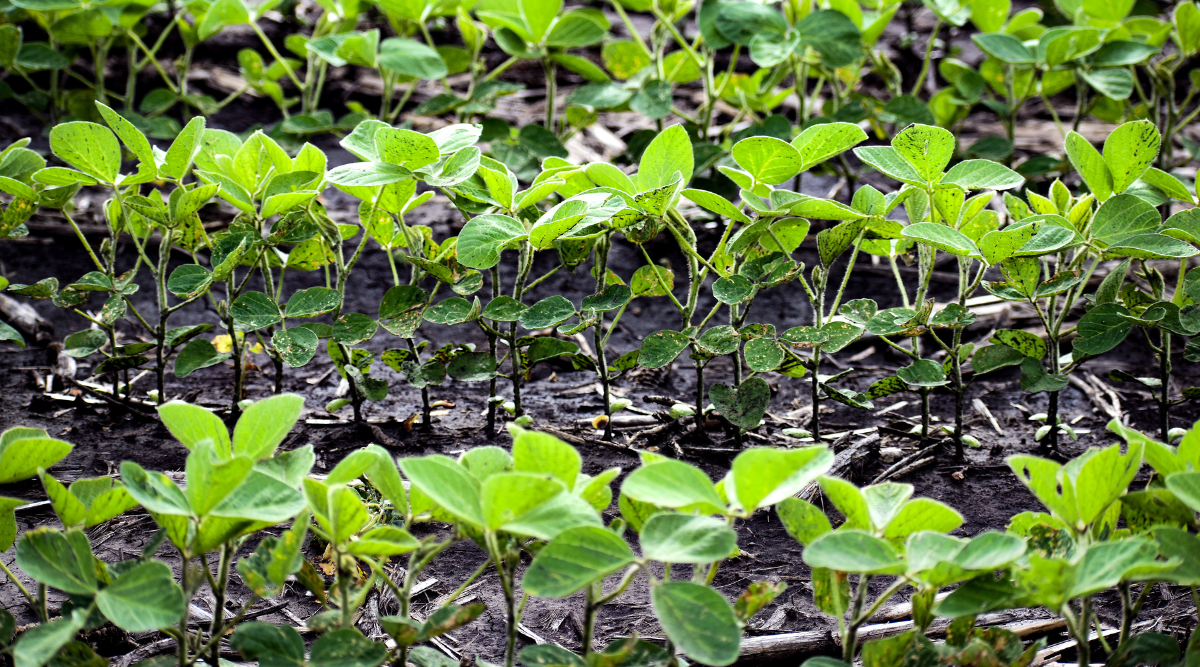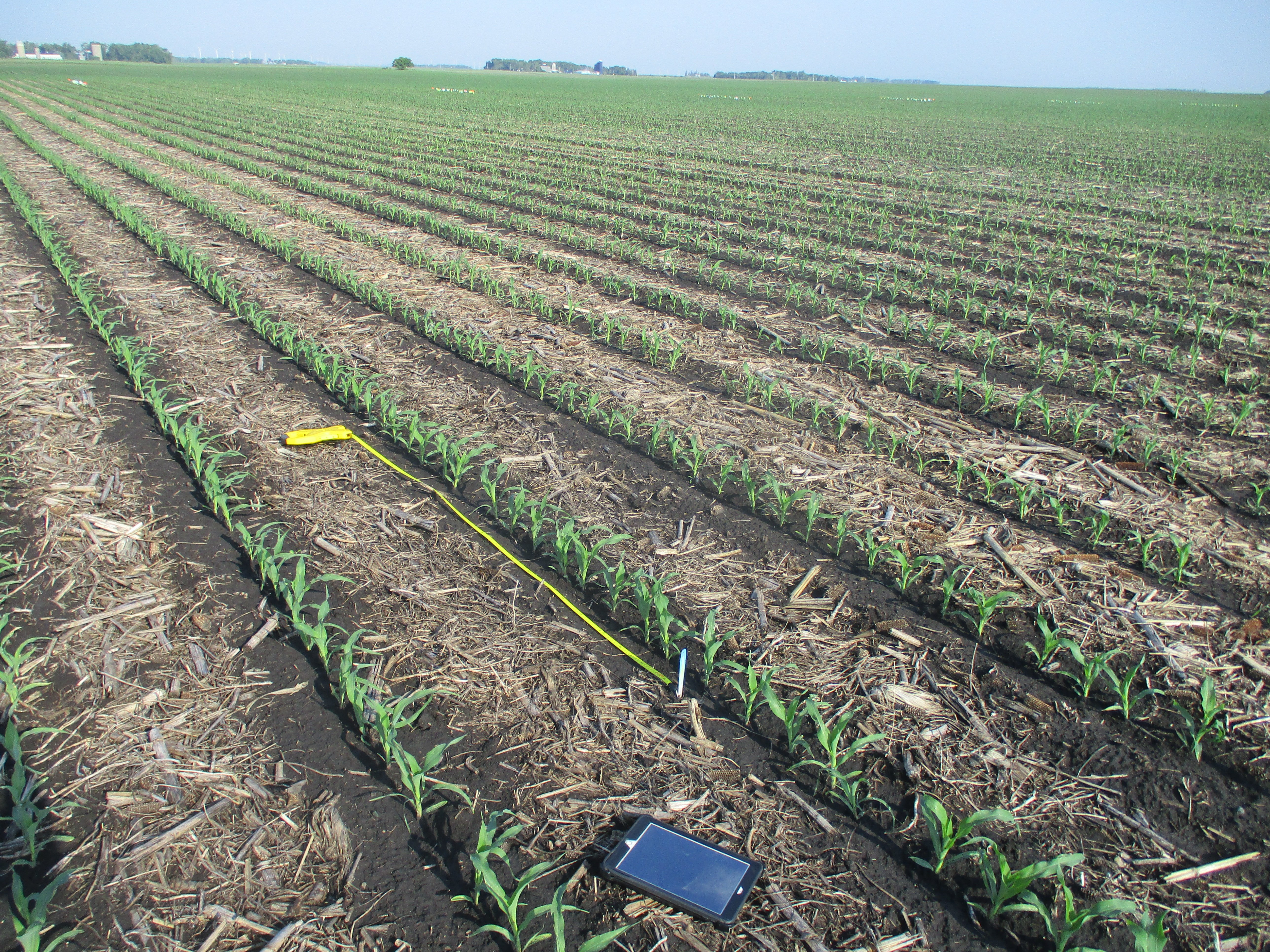Sweden
May 26, 2025

Evaluating planter performance begins with accurate seed and fertilizer placement, but true success is revealed at emergence. Measuring plant spacing in corn and soybeans helps identify skips, doubles, and spacing variability—key indicators of planting accuracy. Consistent spacing reduces competition, boosts growth potential, and maximizes return on investment.

The most visible and important aspect of planting season are the activities surrounding placement of seed and fertilizer in the ground. Measuring the success of these activities involves careful examination of plant spacing once emergence begins. Accuracy testing in corn and soybeans is one of the main indicators of planter performance.
Evaluating the accuracy of a plant stand involves measuring the distance between a representative sample of plants which is typically 30 measurements between plants in five different field locations for a total of 150 measurements. Two separate indicators of plant performance are derived from these evaluations:
Accuracy (Amount of Skips and Doubles)
When spacings between plants are recorded, the average distance between plants is calculated. A skip is the distance between two plants that is 1.5 times the average distance. Conversely, a double is the distance between two plants that is less than half of the average distance. Overall accuracy is determined by the amount of skips and doubles expressed as a percentage of the overall total of measurements; a higher number is preferred.
Coefficient of Variation
Once the average spacing between plants is calculated, the overall difference of spacing distance between plants can be calculated as well. The lower the coefficient of variation, the higher the accuracy of the plant stand.
Maintaining evenness of spacing between seeds during planting allows for plants to realize their full growth potential by reducing inter-plant competition which is especially important in crops with a large biomass such as corn and soybeans. Optimizing plant stand on a consistent basis is one of the most important aspects of reduced risk and greater return on investment in a farming operation.